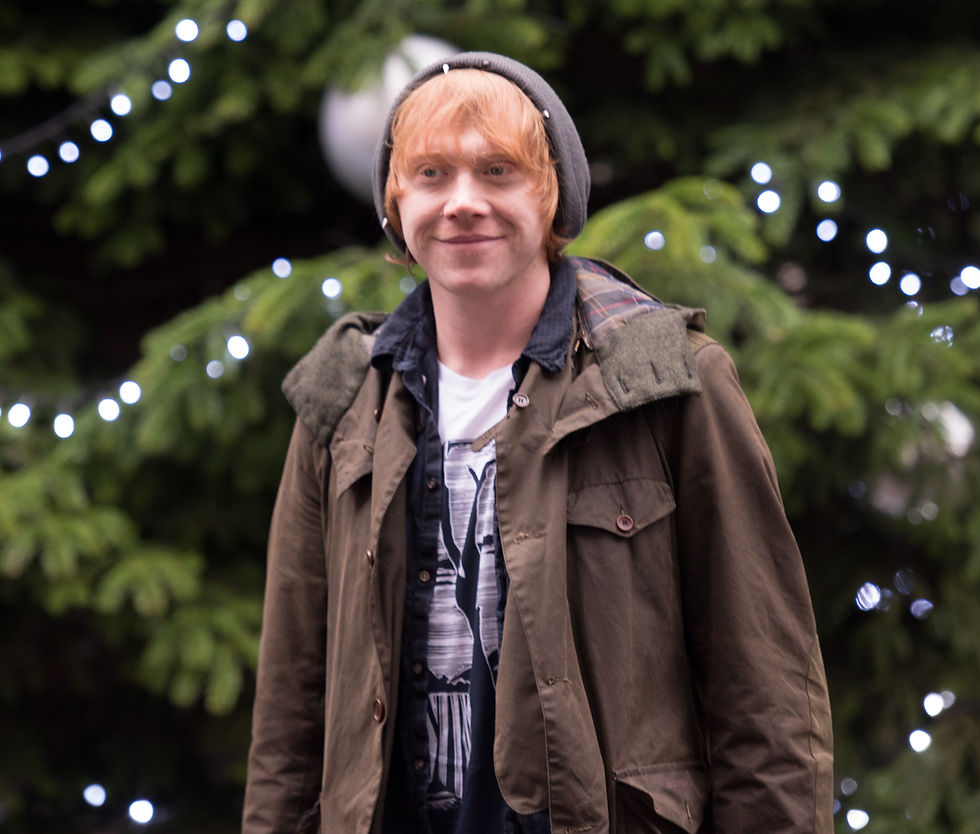The Downing Street beat

Introduction
One of the most interesting photographic locations for me as a news photographer is Downing Street, London. In this street is the official residence of both the UK Prime Minister, David Cameron but also of the Chancellor of the Exchequer, George Osborn. Effectively the heart of the UK political establishment.
Downing Street is not open to the public; but as a vetted Photojournalist I have a pass to enter through the large iron gates that guard the street. This allows me entrance to the press pen opposite the entrance to 10 Downing Street.

What goes on
Even when there is no events going on Downing Street is a hive of activity. Police officers, most of them armed, patrol the entrance and the street. There is a constant flow of visitors to either number 10 or number 11. They vary from Cabinet ministers to cleaning staff; from world leaders to small business managers, from school trips to charity photo opportunities.
On occasion I can be the only photographer and on others the press pen may be buzzing with TV camera crews and a hundred photographers all jostling, usually in a good natured way, for a prime spot to catch the Prime Minster of visiting head of state.

Who goes there?
I am on nodding terms with a lot of the press photographers and some of the camera crews. Sometimes we may have to wait two or three hours for the action to occur. We pass the time chatting about technical tips, news leads and general gossip. We also keep an eye on both ends of the street as VIP’s can come in via the back entrance as well as the more formal front gate.
One of my favourite times is Tuesday mornings. This is when the UK cabinet meetings are held. At the end of the meeting the ministers leave 10 Downing Street and there are numerous photographic opportunities. Some ministers are happy to have their photographs taken, others put up with us as a necessary evil and some actively avoid having their photo taken by keeping their heads down or hiding behind their personal protection officer (a senior police officer). It all becomes a game between the photographers and the Minister. Some of them make a dive for the back entrance and the photographers break in to a run to catch a good shot. Others dive in to the waiting official car as quickly as possible to avoid our attentions.
Heads of State often visit Downing Street. That can be one of the more exciting events. I have to arrive a couple of hours early to ensure that I get a good place to take a shot. The major challenge is that the photo opportunity with the Head of State and the Prime Minister may last two minutes on the red carpet outside 10 Downing Street. At that point it is “spray and pray” time. Holding the shutter down in the hope of getting a good, in focus shot, with the PM and the visiting Head of State looking in your direction.
On occasion there are celebrity visitors to Downing Street. At Christmas time there is a charity Christmas party at 11 Downing Street. There are opportunities to catch Gerri Haliwell, Rupert Grint and others on their way in to the party.

When O when?
The big problem as an independent photographer is knowing when events are going to happen. Some, like cabinet meetings are fixed. But, most are not. Only the big news outlets such as the Press Association, get advance notice of meetings and activities. As an independent I have to undertake my own research or just hope for luck! I scan the newspapers, twitter feeds and other sources to work out what might be going on. On other occasions it is a case of just being in Downing Street and hope for the best. This can be waiting around in the cold for two or three hours with no photographs or turning up just in time to catch the end of an event (or missing it altogether).
One upside of the location of Downing Street is its location in Whitehall. Often, even if there is nothing happening in Downing Street there are various miscellaneous protests happening outside the gates or in Whitehall somewhere. I can normally pick up one or two photo stories in the area, even if it means walking down to College Green, opposite the Houses of Parliament where broadcasters set up when there are big political events going on.

Conclusion
It is a privilege to be allowed access to Downing Street, as well as, arguably, a democratic right in a free country, to cover events in Downing Street. It is where William Churchill stood, where Margret Thatcher made some of her famous comments during the Falklands crisis – or Tony Blair joined in the song “Things can only get better”. As a photographer it is a rich source of material and stories to tell the grandchildren.

























